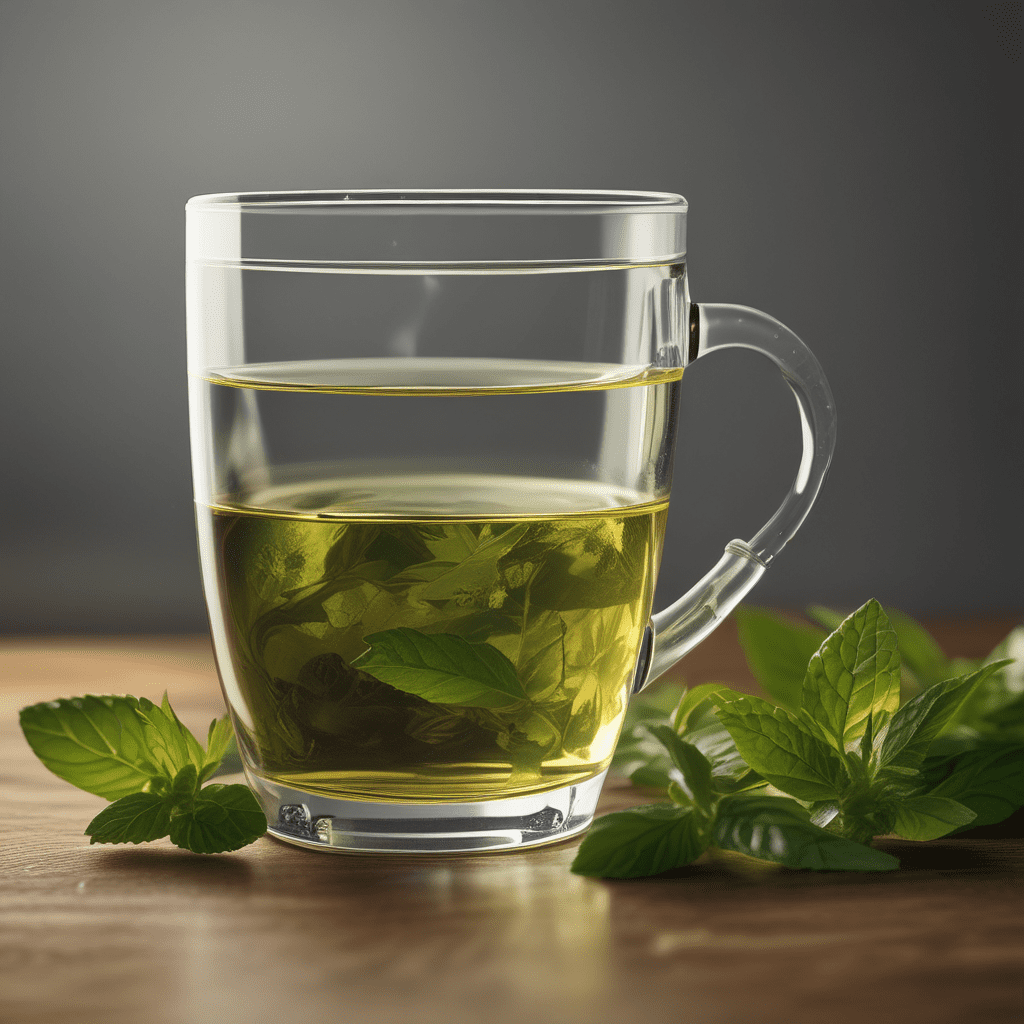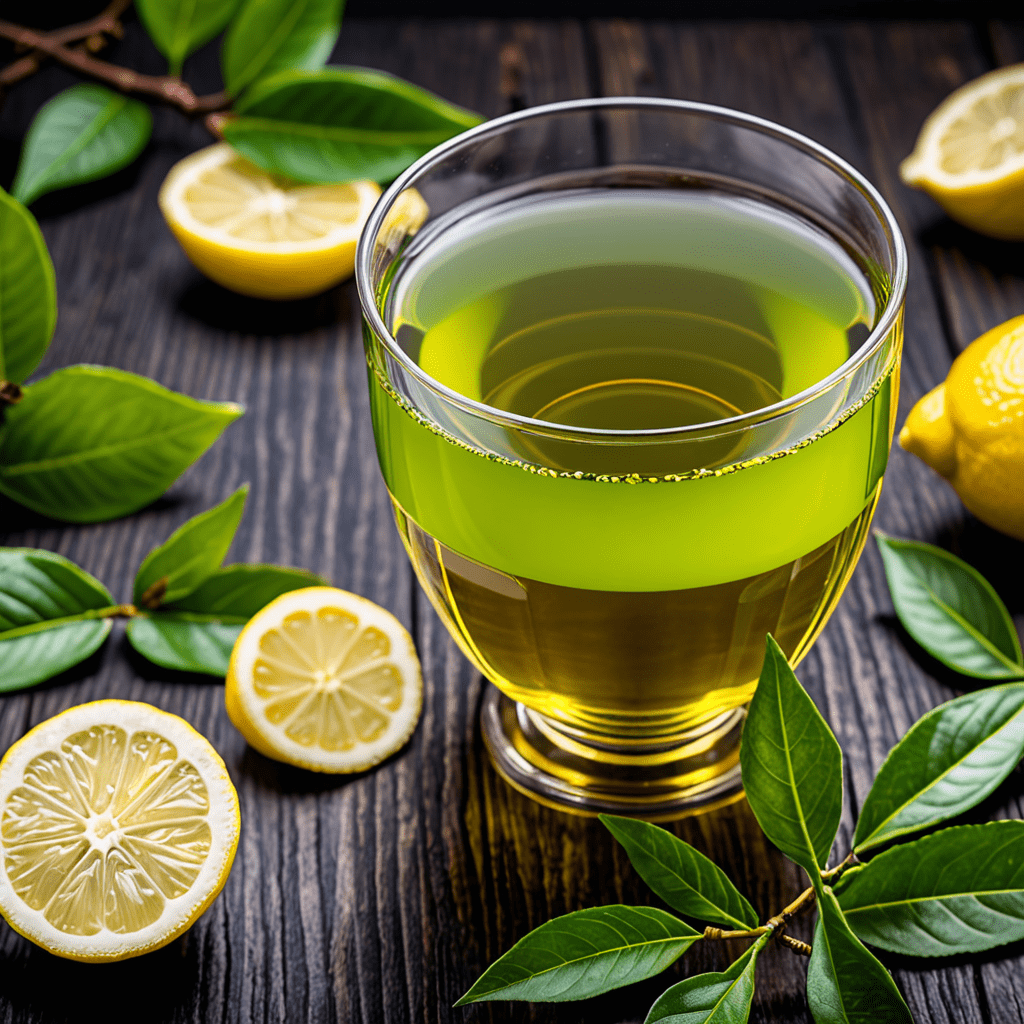Oolong Tea: The Art of Tea Tasting
Oolong tea is a traditional Chinese tea known for its unique characteristics, falling between green and black teas in terms of oxidation. The art of tea tasting oolong involves experiencing its complex flavors, aromas, and textures. Let’s delve into the nuances of tasting this delightful tea.
1. Selecting the Right Oolong Tea
Before diving into tea tasting, it’s crucial to choose high-quality oolong tea. Look for oolong teas with varying levels of oxidation, such as light, floral varieties or rich, roasted ones. The processing method greatly influences the flavor profile, so explore different types to find your preference.
2. Prepare Your Tea Mindfully
To fully appreciate oolong tea, ensure you prepare it with care. Use fresh, filtered water heated to the appropriate temperature as per the tea’s specific requirements. Allow the leaves to unfurl properly during steeping to extract the best flavors.
3. Engage Your Senses
When tasting oolong tea, engage all your senses. Observe the dry leaves’ appearance, inhale the aroma after steeping, and pay attention to the color of the liquor. Let your taste buds savor the tea slowly to detect its various flavor notes.
4. Noting Flavor Profiles
Oolong teas boast a diverse range of flavors, from fruity and floral to creamy and toasty. Notice the initial taste, the evolving notes, and the lingering aftertaste. This will help you appreciate the tea’s complexity and depth of flavor.
5. Understanding Mouthfeel
Aside from taste, oolong tea offers a unique mouthfeel experience. Some varieties may feel creamy and smooth, while others might be more brisk and astringent. Pay attention to how the tea feels in your mouth to fully comprehend its texture.
6. Experimentation and Comparison
Enhance your tea tasting skills by experimenting with different oolong teas and comparing them side by side. Notice how factors like origin, processing techniques, and terroir affect the flavor profile. This comparative tasting will broaden your understanding of oolong tea.
7. Appreciation and Enjoyment
Ultimately, the art of tea tasting oolong is about appreciation and enjoyment. Take your time to savor each sip, explore new varieties, and share the experience with fellow tea enthusiasts. Let the world of oolong tea enrich your tea journey.
FAQ
What is oolong tea?
Oolong tea is a partially oxidized tea with characteristics falling between green and black teas. It offers a wide range of flavors based on the oxidation level, processing techniques, and terroir.
How is oolong tea different from other types of tea?
Oolong tea undergoes a unique production process involving withering, oxidation, and firing which sets it apart from green and black teas in terms of flavor, aroma, and appearance.
What are the key steps in tea tasting oolong tea?
Tea tasting involves observing the tea’s appearance, smelling its fragrance, evaluating the flavor profile, noting the mouthfeel, and appreciating the aftertaste, all of which contribute to the overall tea tasting experience.

